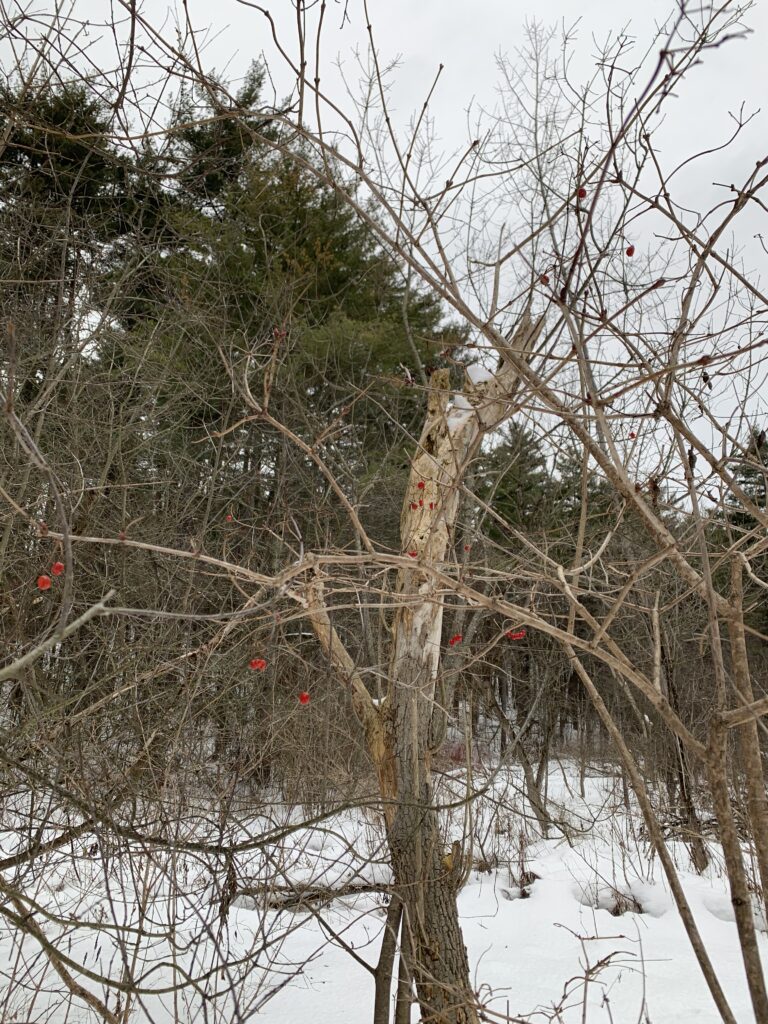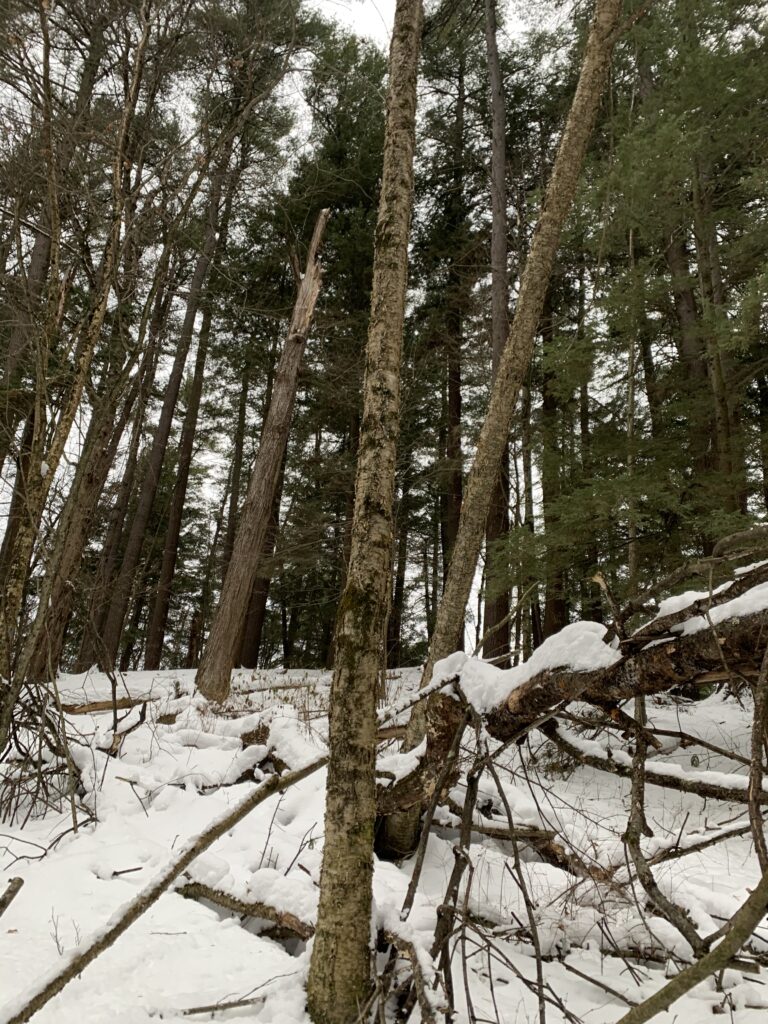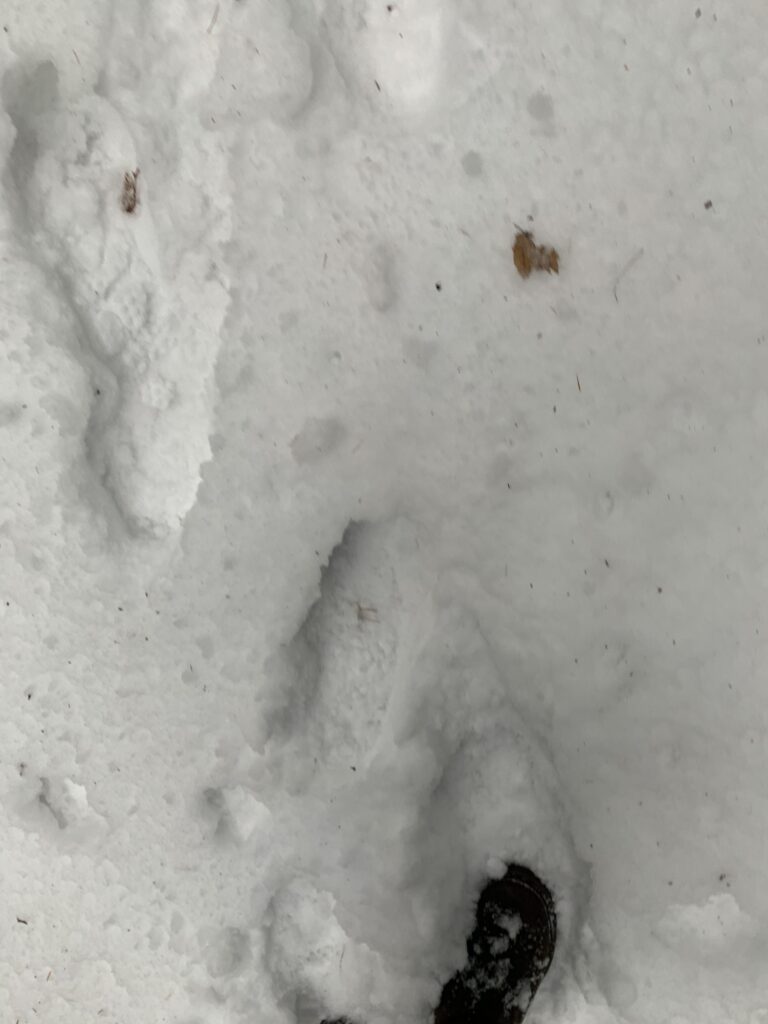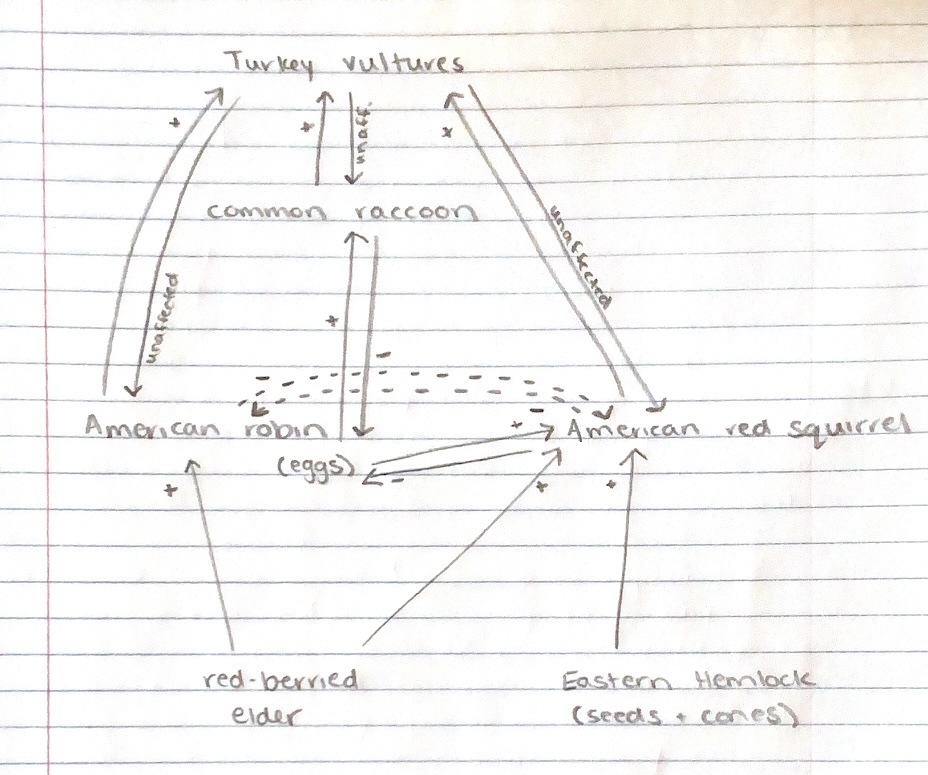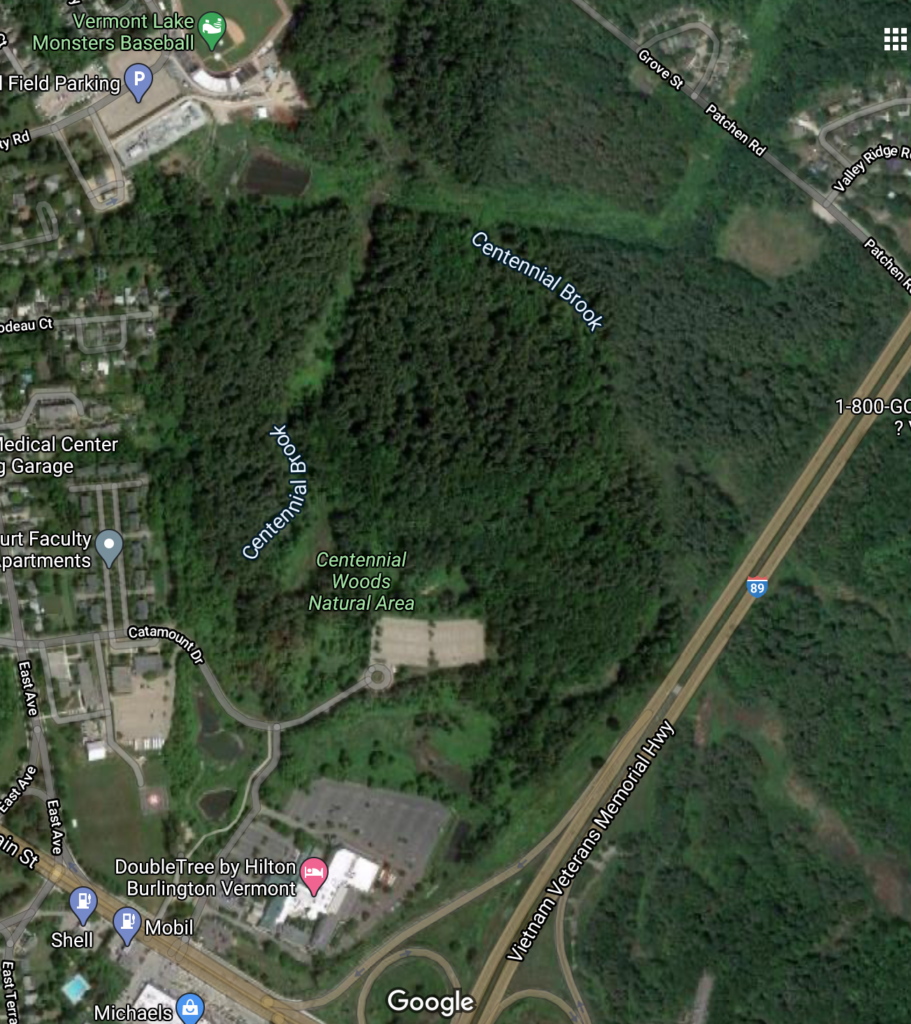
Map of Centennial Woods
Posted in Uncategorized on February 6, 2021 by Sara Sexton
Reflection
Posted in Uncategorized on May 10, 2021 by Sara SextonNature and culture are intertwined in Centennial woods in may ways. The past human land use is easily visible today. When the land was colonized, it was clear cut for grazing. As you walk along the paths, you will see the remains of barbed wire fences and cement walls, evidence that the land was once used for livestock. However, a restoration effort took place, which is why there are seemingly perfect rows of white pines that are all the same age in the forest.
After this semester, I do consider myself as part of my place. I have explored the woods countless times, whether it be for an upcoming blog post, for fun with friends, or by myself. I have come to care for the woods very much because it has provided me with many great experiences. Because my relationship with the land has grown, I feel more inclined to help protect it in the future.
Final visit 5/9/21
Posted in Uncategorized on May 10, 2021 by Sara SextonDuring this visit to Centennial woods, it was clear that spring has sprung in Burlington. The ground was no longer covered in dead leaves, plant life has started to cover the floor. In particular, I noted the presence of fiddleheads in Centennial, something I did not see last time. I noticed that the small, young buds on the trees last time have started to grow even more, most of them flowering or sprouting leaves. I was able to identify Silver Maple and American Beech buds. The brook was also flowing faster and the water level had gotten higher due to more melting snow upstream. Overall, Centennial woods is much greener than ever before this season and it is amazing to see how much it has changed since the beginning of the semester.
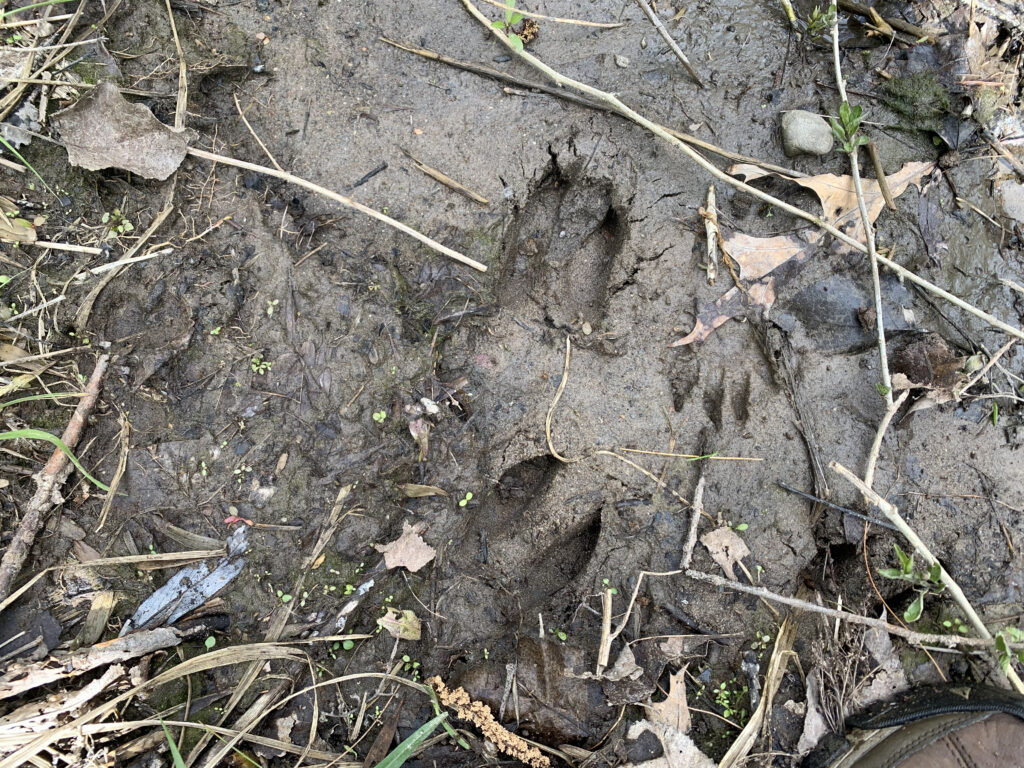

City Nature Challenge!
Posted in Uncategorized on May 3, 2021 by Sara SextonDuring the City Nature Challenge, I went for a walk on the bike path that starts near Redstone Lofts. It was a very quiet and peaceful day, so I was able to hear the birds very clearly. The most memorable part of the experience was when I was able to get very close to an American Robin. I walked very slowly until I was about 2 feet away, which is the closest I have ever been to a bird that I remember.
Using iNaturalist was a very cool experience. I liked being able to upload a picture and have the computer identify what is in it. I was not very knowledgeable about the species I was capturing, and I feel like I have learned a lot from this.
Reports from other participating cities were fascinating to view, especially ones from different countries. My favorites to look through were from Canada, where there were many beautiful flower species that I had not heard of before. I am excited that I was able to participate in this event!
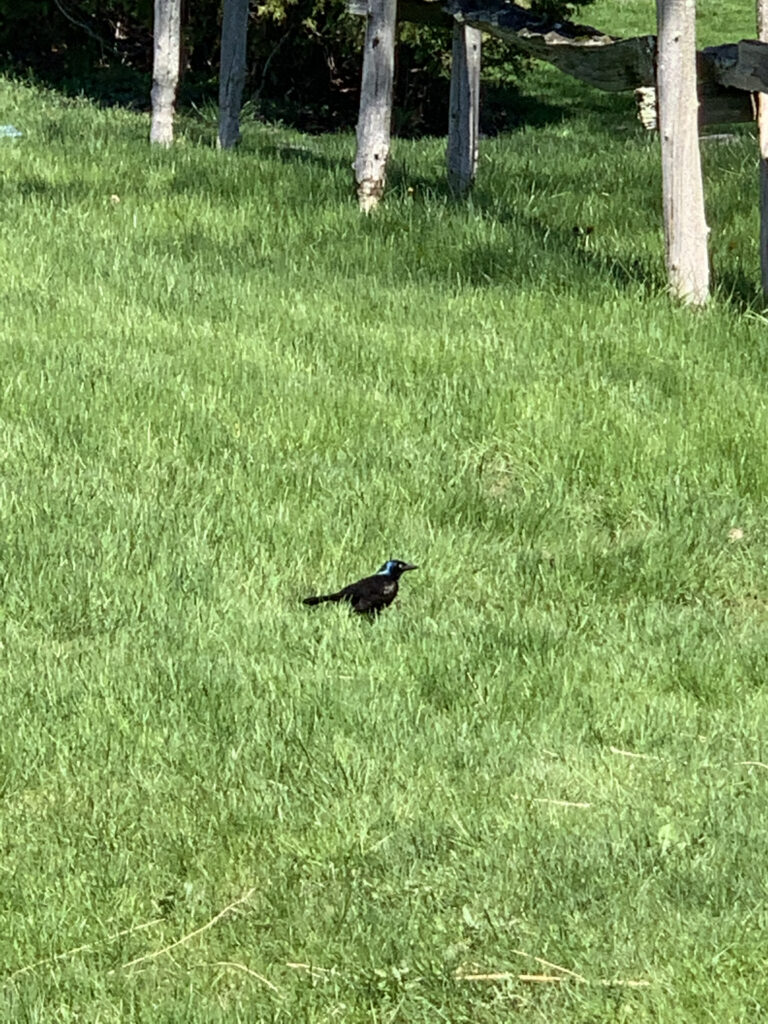
Breaking Buds 4/13/21
Posted in Uncategorized on April 14, 2021 by Sara Sexton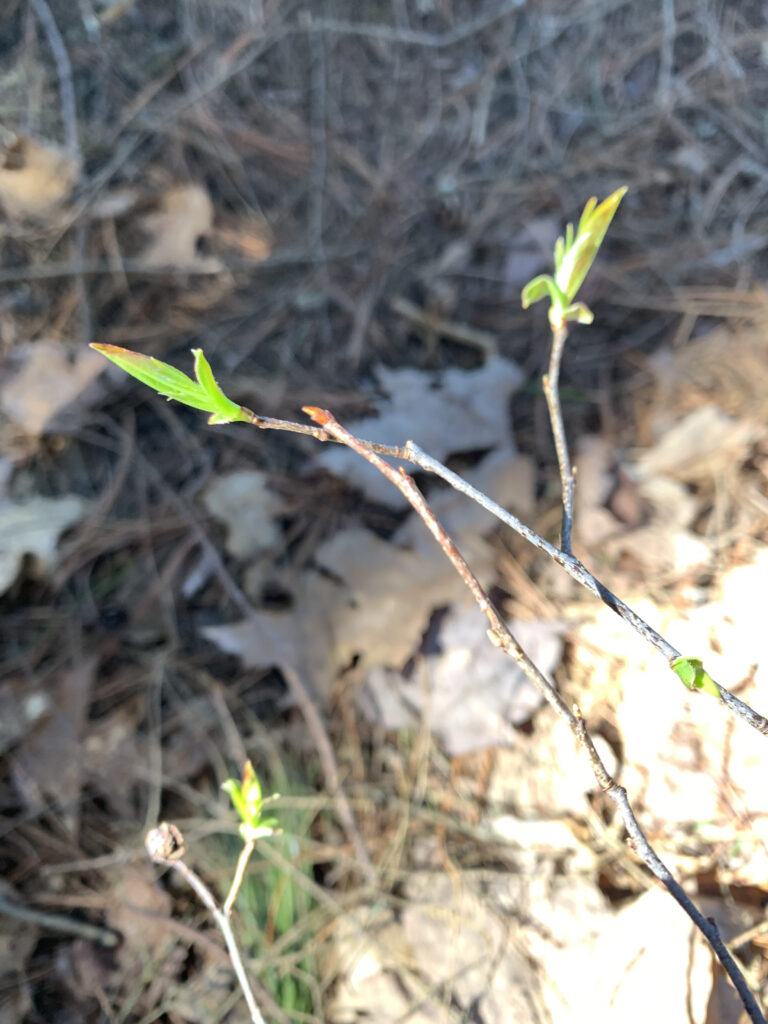
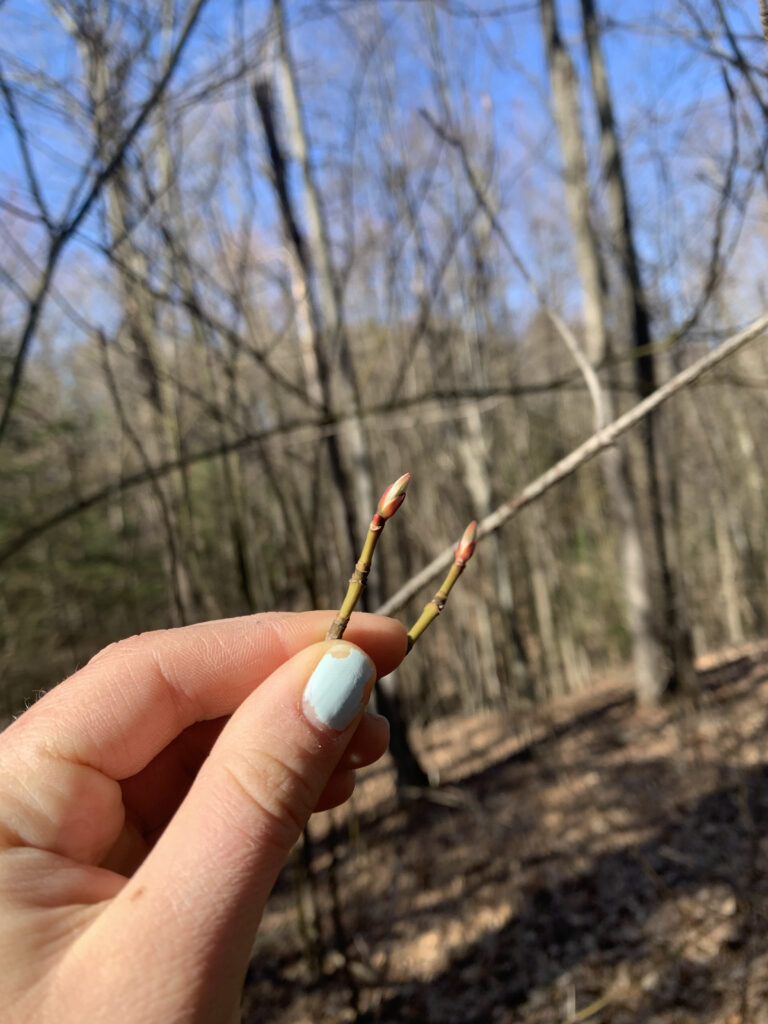
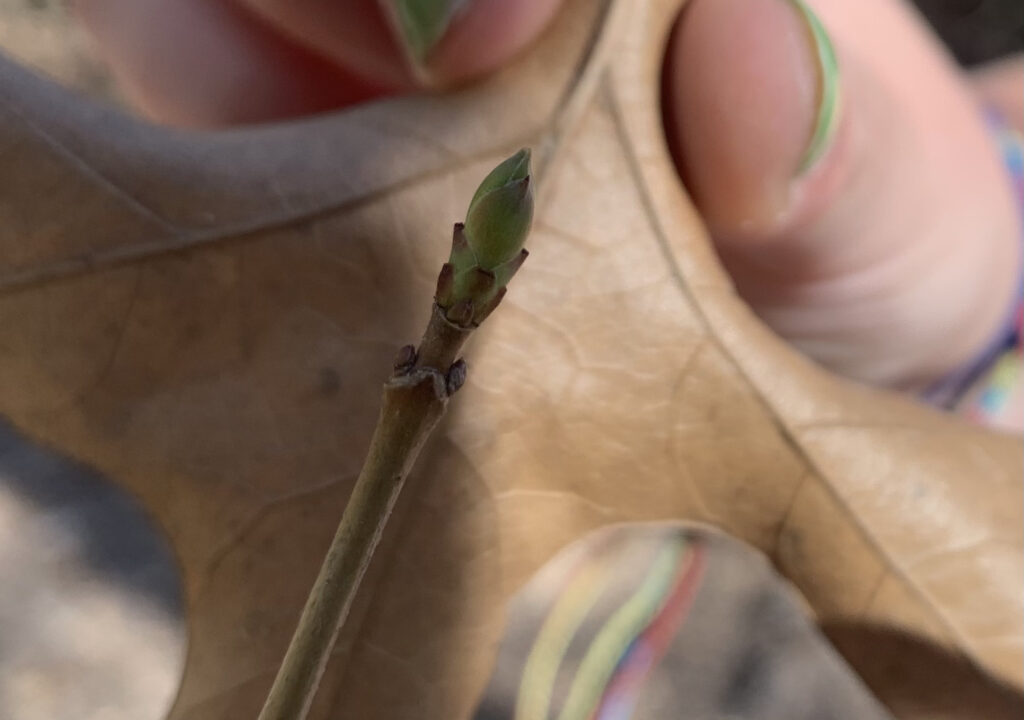

Animal Sightings 4/13/21
Posted in Uncategorized on April 14, 2021 by Sara SextonDuring my April visit to Centennial Woods, there was clearly an increase in animal activity since my last visit in winter. There were lots of birds present; I was able to identify American Robins and Woodpeckers. The birds were very noisy, probably because it is the beginning of their mating season. In addition, I spotted a dam in the stream (pictured below), which shows that beavers are active again and making these dams. Insects were much more abundant as well; there were some flying around my ears and one that landed on my shoe. There were also many dogs present. I saw some walking around with their owners, and also was able to identify canine tracks in the mud. Both animal and human activity has increased in Centennial Woods since my last visit.

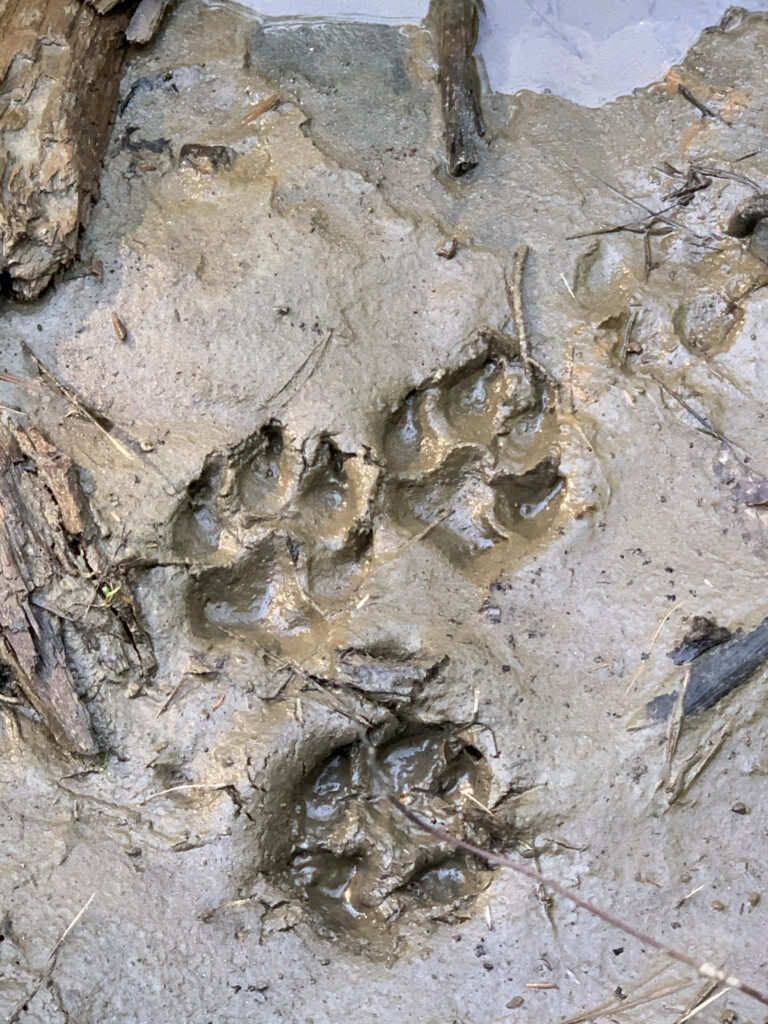
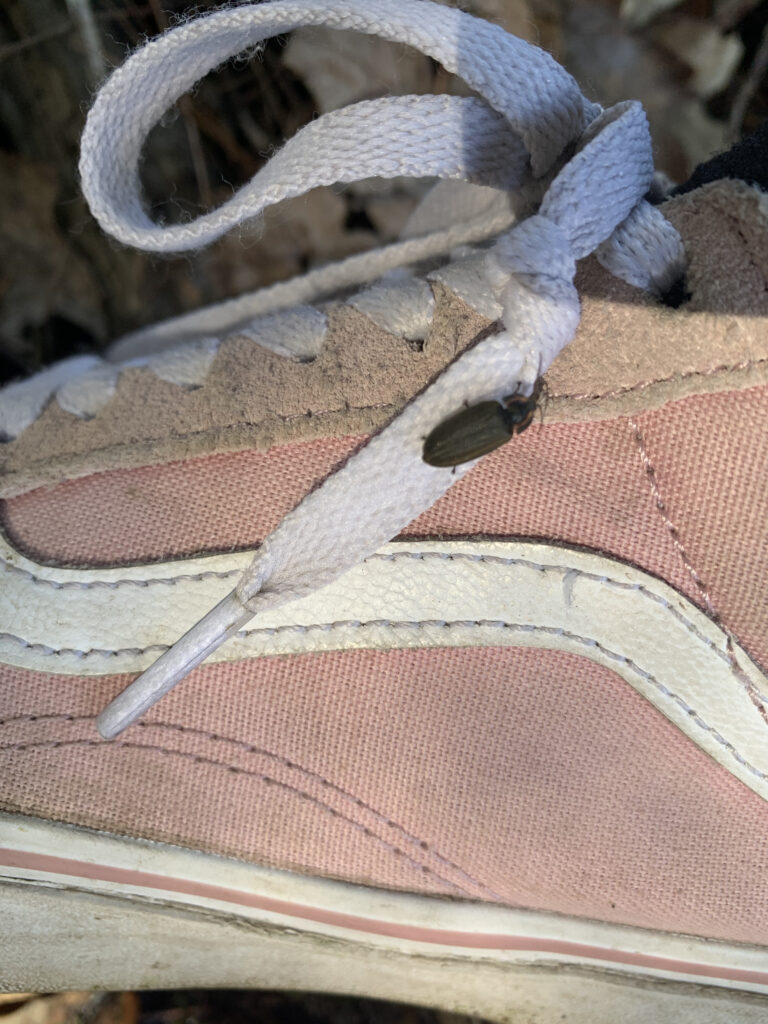
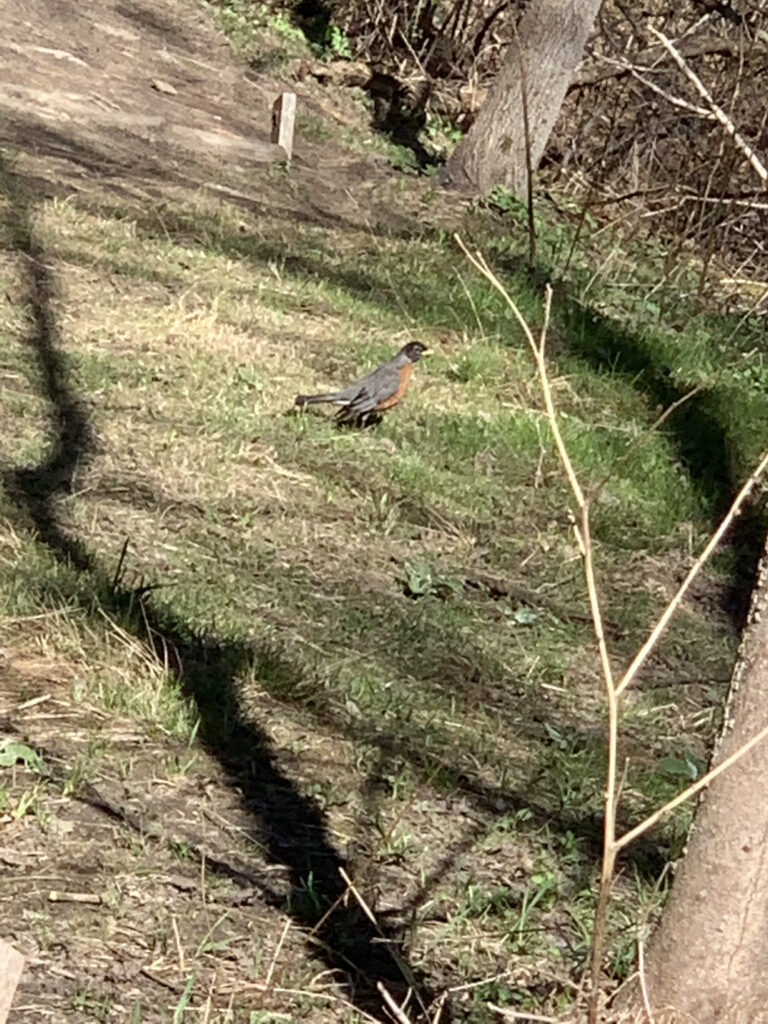
Early March Phenology- UVM Campus
Posted in Uncategorized on March 14, 2021 by Sara SextonThis week, the week of March 7th, I took some time to explore UVM’s campus and observe the phenological changes occurring as spring approaches. With the warm weather, animal activity was high and visible, specifically with birds. Although I could not identify the species of birds on my own, after some research I believe I heard the Eastern Phoebe, a migratory bird that is usually the first to arrive in the spring (Vermont Center for Ecostudies). Another phenological change was the snow coverage. There has been a thick layer of snow covering the ground since we arrived here in late January. This week, the majority of this snow melted, causing lots of mud and puddles across campus. Mud season in Vermont has truly begun. When hammocking in the Redstone Pines, I observed lots of pinecones scattered on the ground. In addition, the pine trees themselves are still covered in needles and look very green.
Not only were phenological changes evident, human activity definitely shifted this week. Instead of being huddled inside, most of the students here were outside enjoying the sunshine! It was nice to see everyone embracing the warm weather.

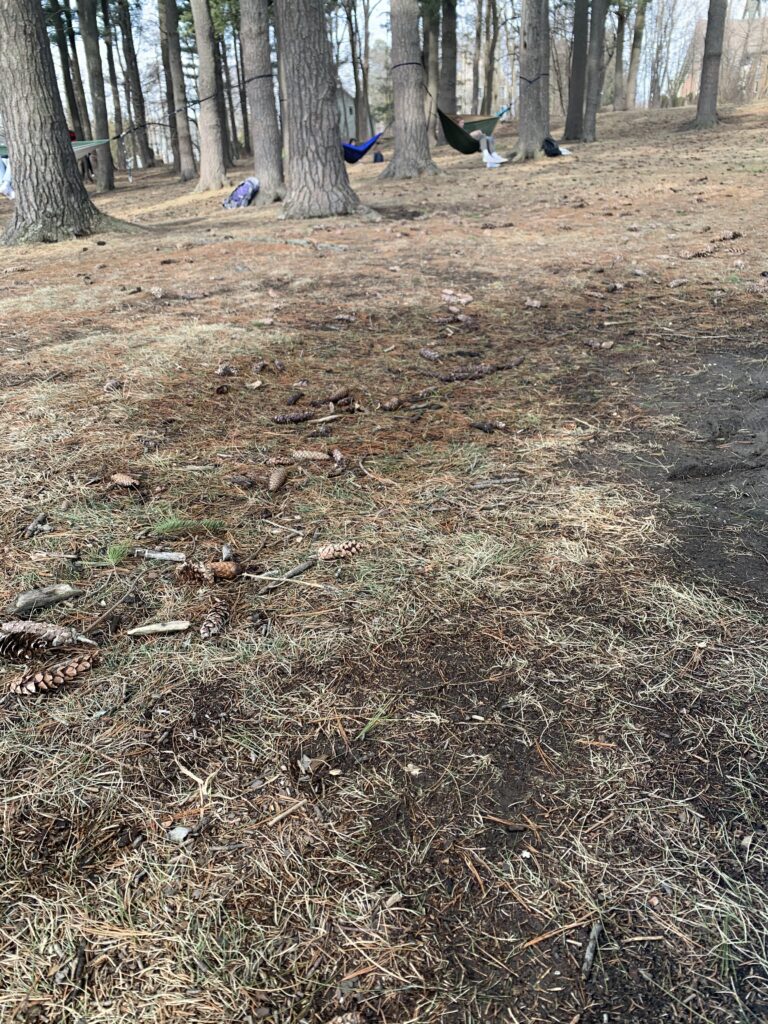
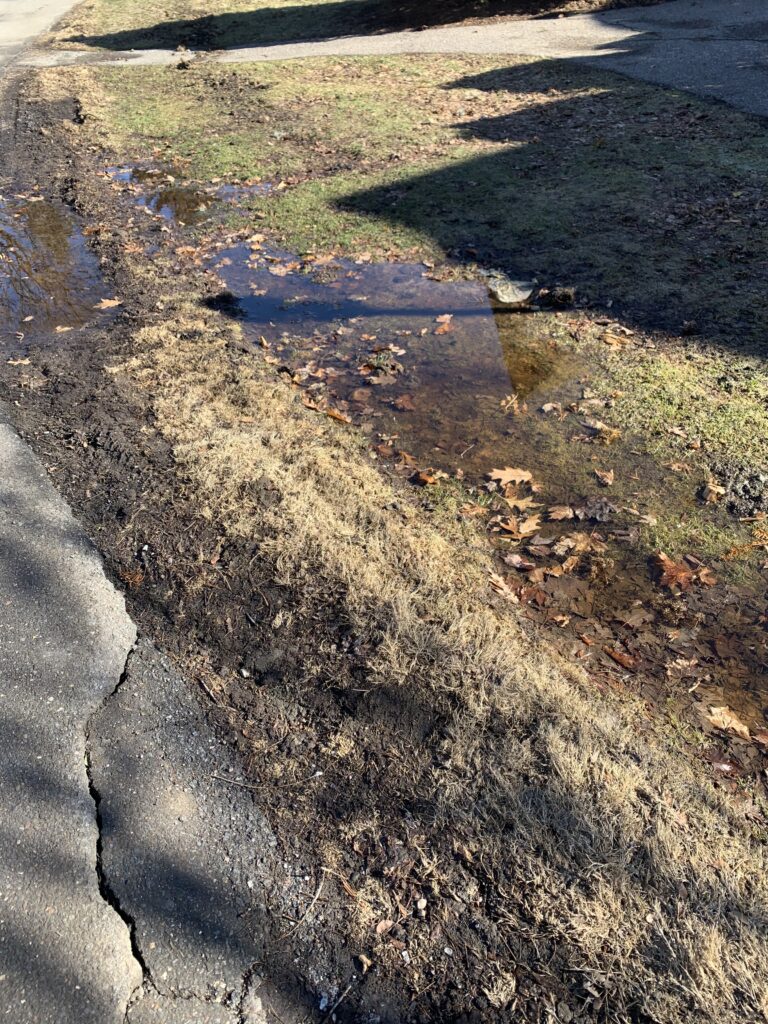
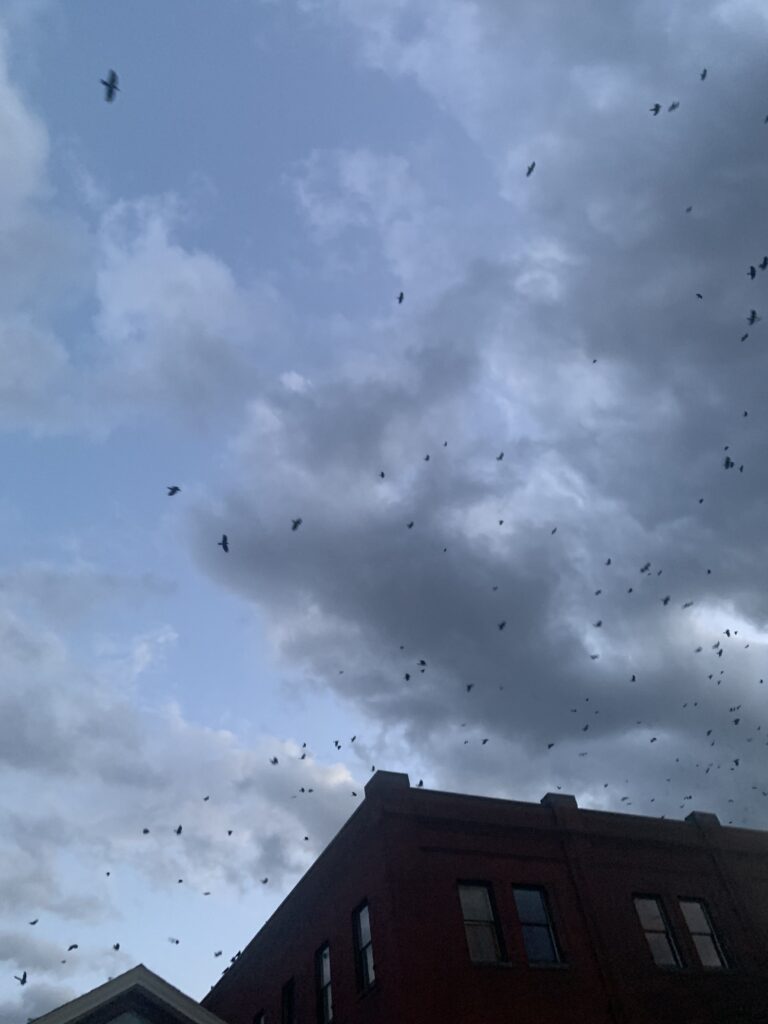
Animal Activity 2/7/21
Posted in Uncategorized on February 8, 2021 by Sara SextonOn my most recent visit, animal activity was hard to spot. The layer of snow on the ground was a few days old, meaning there were lots of human impacts to the ground. I trailed a bit off the path to find some wildlife tracks but was unable to discern any. It seemed like most of the patterns in the snow were from snow falling off the trees. I did see some dog prints, however, from people walking their dogs through the woods. I will have to make another trip in fresh snow and see if I can spot anymore wildlife activity then.
How to reach the site
Posted in Uncategorized on February 7, 2021 by Sara SextonTo reach my phenology site, you must first find the entrance to Centennial Woods natural area. It is located off of Catamount Drive, very close to the UVM campus. Once you enter, follow the path deep into the woods. My site is not a particular part of the woods, just keep walking until it feels right.
Photos 2/7/2021
Posted in Uncategorized on February 7, 2021 by Sara Sexton